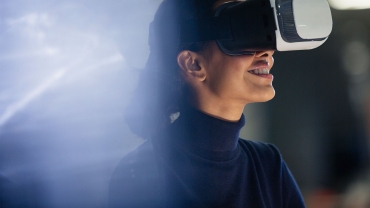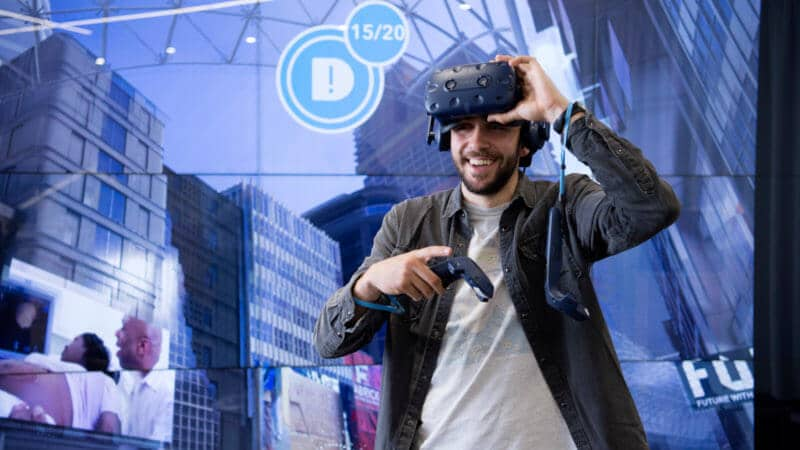
Immersive technologies are evolving at a rapid rate and are transforming how businesses and public sector organisations operate, learn, communicate and collaborate.
Our economic impact report, Seeing is Believing, forecast a global GDP boost of US$1.5 trillion by 2030 due to immersive technologies. We’ve now analysed the current adoption of these technologies within the UK, providing a micro perspective on their value to business.

Our interactive map below allows you to visualise VR/AR adoption data by
“We’ve invested in creating a new virtual reality (VR) induction as an engaging way to provide education for on site safety.” —Scottish based engineering & manufacturing company
“We’ve developed a virtual reality tool aiming to engage pension scheme members to help them understand what impact their decisions (or lack of) might have on their quality of later life.” —London based professional services company
“We've created a fun Augmented Reality game that highlights to our customers the good, wholesome foods that go into each of our products.” —North West based retailer
“We’ve found engineering, manufacturing and retail organisations to be the most vocal about their use of immersive technologies. This makes sense when you consider that many manufacturers have been using such technologies since the early 2000s and retailers are keen to promote their investment in these technologies as a means of creating deeper connections with their customers.” —Jeremy Dalton, PwC UK Head of VR/AR
Research methodology
We have researched publicly available information on 2.2 million UK organisations, looking for examples of VR/AR use. After analysing 500 million points of data using a natural language processing (NLP) tool, our map has been populated based on examples we’ve identified via websites, press releases, social media messages and other public sources.
We’ve assigned every example to an industry, geography, technology (VR or AR) and application (use case). Sometimes organisations have used VR or AR for multiple purposes, or they’ve used a combination of VR and AR technology - each example is considered (and counted) separately in the analysis.

















